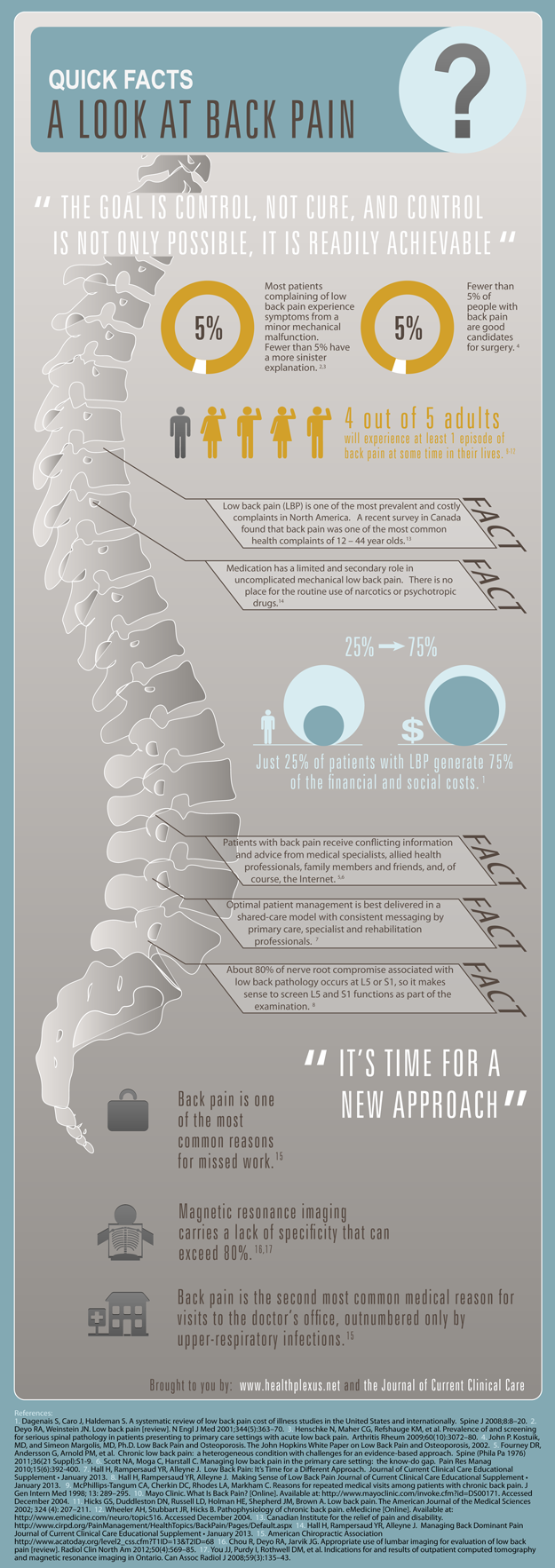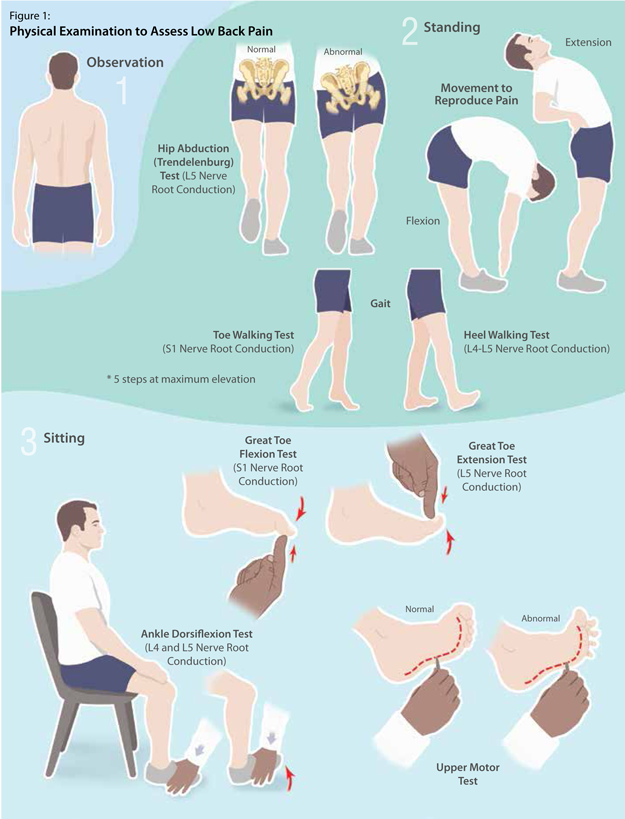Symptomatic Lumbar Canal Stenosis—A Review and Primer on Surgical Decision Making
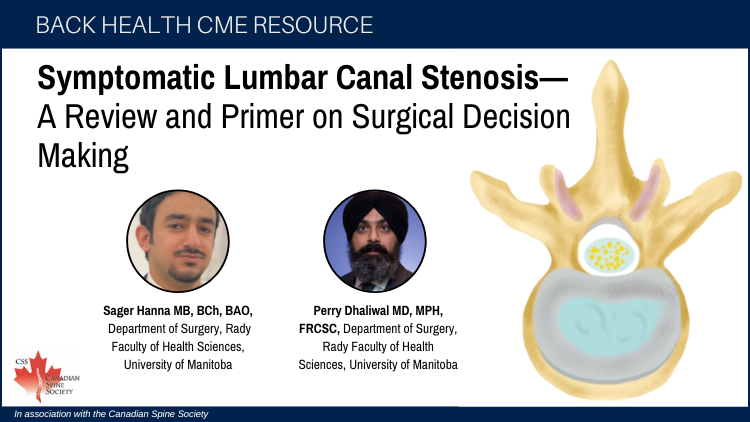

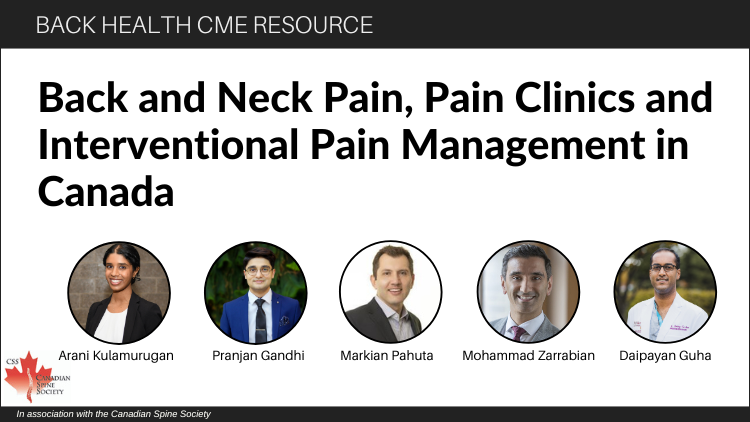
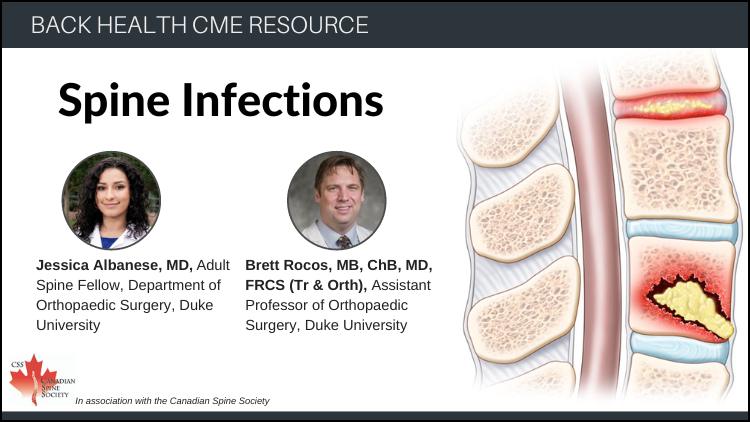

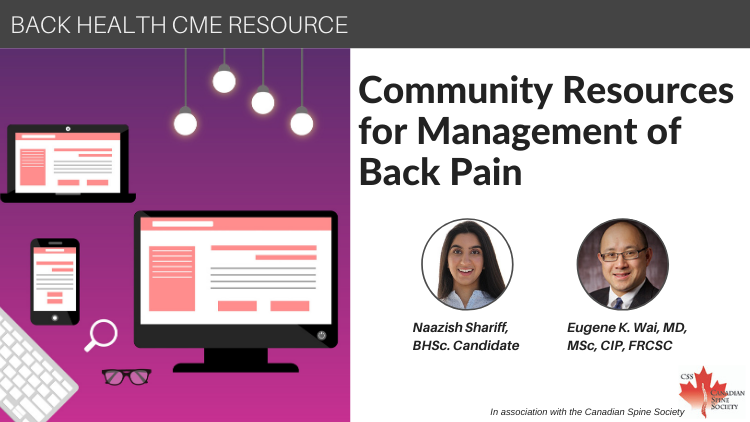
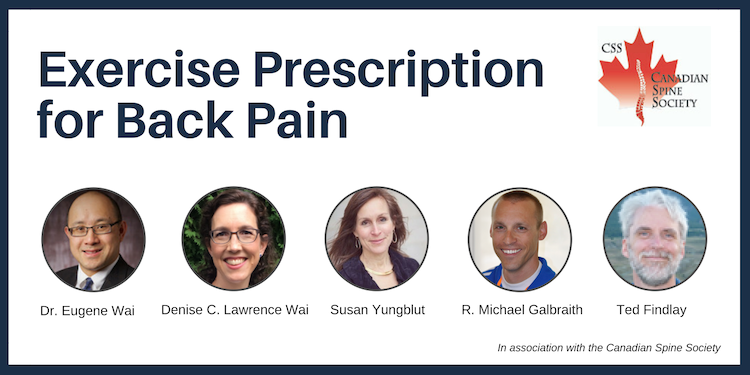
As part of the multi-faceted collaboration, CSS and HealthPlexus will work on a comprehensive continuing education program aimed at healthcare professionals that will be delivered via www.healthplexus.net and the Journal of Current Clinical Care.
Dr. Hamilton Hall is a well-recognized key opinion leader both nationally and internationally on the subject of back pain. He has taken on the position of Editor-in-Chief for the Back Health Resource Center @HealthPlexus.
Dr. Hall and his colleagues from the CSS will present an ongoing series of Clinical Reviews and Case Studies, which will be available through the HealthPlexus channels. Their goal is to provide those healthcare professionals who are managing patients with back health issues with deeper knowledge and increased ability to address their patients' needs.
"Numerous population wide surveys have confirmed that arthritic disorders that limit mobility are the most important factors in impairing quality of life for older adults. Back pain is one of the key issues limiting mobility, and I applaud HealthPlexus for addressing this very important topic."
-Barry J. Goldlist, MD, FRCPC, FACP, AGSF, senior member of the advisory board for HealthPlexus.net [Geriatrics and Dementia] and the Journal of Current Clinical Care. Dr. Goldlist is a nationally recognized geriatrician with a long standing interest in medical education and medical journalism.
“For practitioners who look after the adult population, especially those in the middle and later years, disorders of musculo-skeletal mobility and acute and chronic pain is one of the most common challenges they face with their patients. There is enormous suffering and impairment of full function and ability to participate in normal activities much less those of a recreational nature when someone experiences back pain that is unrelieved by simple and safe methods. Having an additional means to learn about and find methods to address the issues of back pain with all its complexities of diagnosis and treatment, is an important addition to the HealthPlexus spectrum of clinical support for practicing physicians.”
-Michael Gordon, MD, MSc, FRCPC, FACP, the Editor-in-Chief of the Dementia Educational Resource. Dr. Gordon is the Medical Program Director of Palliative Care at Baycrest Geriatric Health Care System
"As a medical professional who has trained as both a Radiologist and a Family physician, I have seen many patients who suffer from the entire spectrum of lower back pain. I don't think that medical school and residency prepares you enough to adequately to deal with the complexity of this condition. A dedicated CME resource focusing on back health is a much needed tool for both students and practicing physicians who wish to acquire skills and keep their skills up to date on this subject. Dr. Hall is eminently qualified for such an endeavor. I still recall his teachings, some years ago now, in my medical school class at the University of Toronto vividly. As medical editor of the Journal of Current clinical Care, I encourage you to take advantage of this learning opportunity."
-D’Arcy Little, MD, CCFP, FRCPC, the editorial director of HealthPlexus.net and its sister publication, the Journal of Current Clinical Care. Dr. Little is a family physician, diagnostic radiologist and medical writer. He completed fellowships in Care of the Elderly and Academic Medicine
About Health Plexus:
Comprised of 1000s of clinical reviews, CMEs, bio-medical illustrations and animations and other resources, all organized in the 34 condition zones, our vision is to provide physicians and allied healthcare professionals with access to credible, timely and multi-disciplinary continuing medical education from anywhere and on any media consumption device. The Back Health Educational Resource is the compilation of high quality clinical reviews, online CME programs, library of original visual aids, interviews, roundtable discussions and related conference reports.
About The Canadian Spine Society:
The CSS is a collaborative body of Canadian neurosurgical and orthopaedic spine surgeons and other spine care professionals with a primary interest in advancing excellence in spine patient care, research and education.
Contact Person:
Mark Varnovitski
mark@healthplexus.net
www.healthplexus.net
